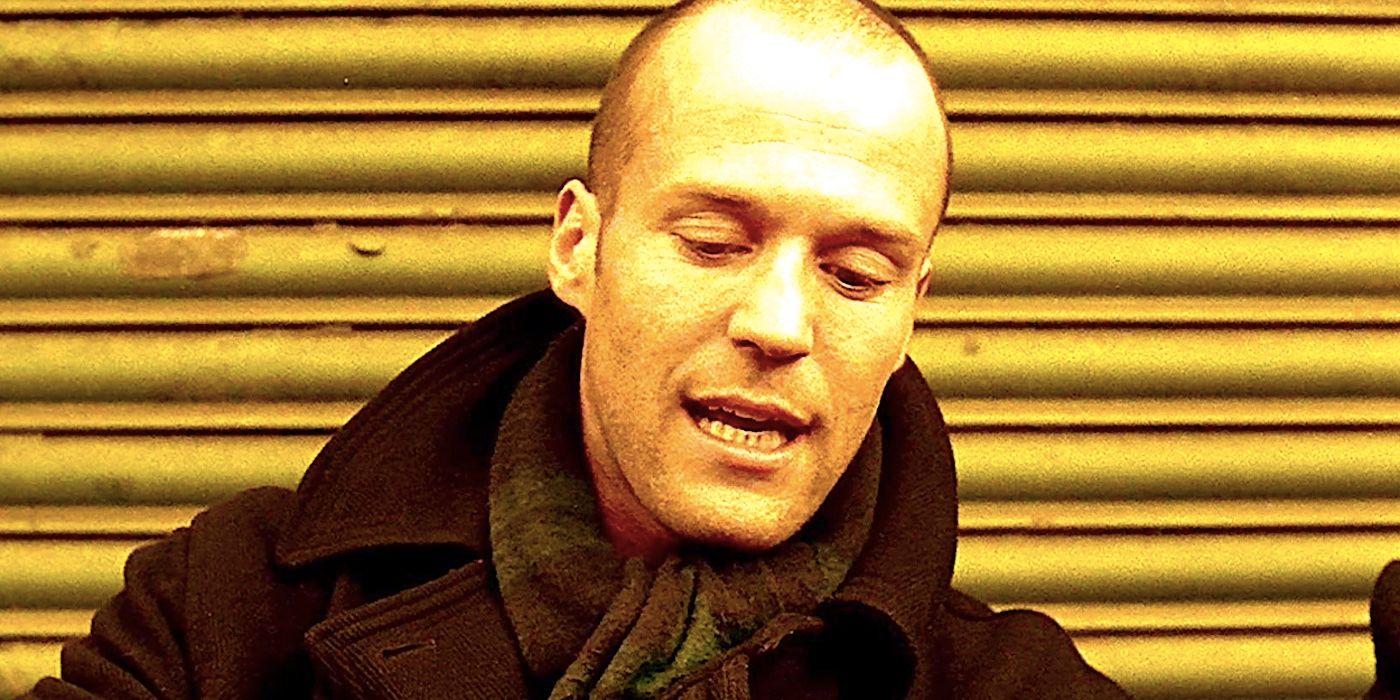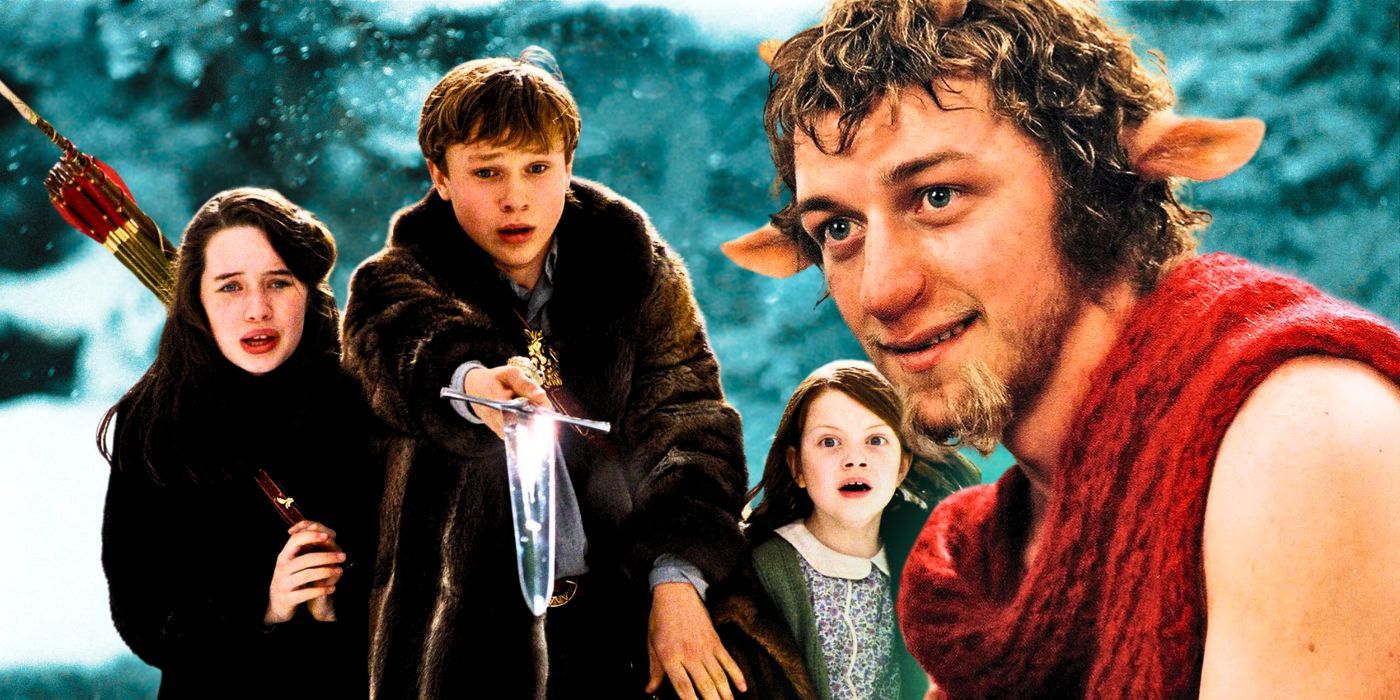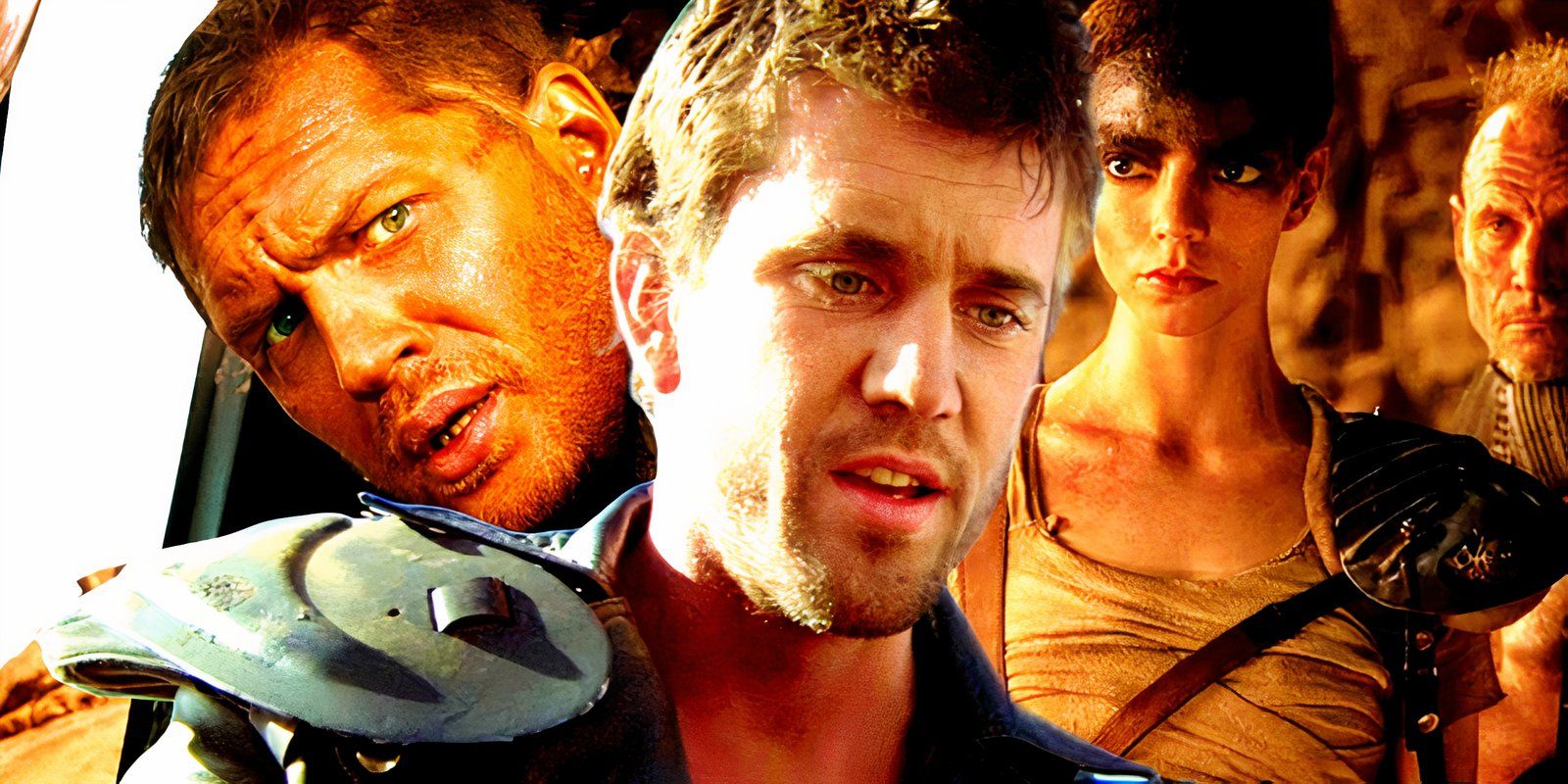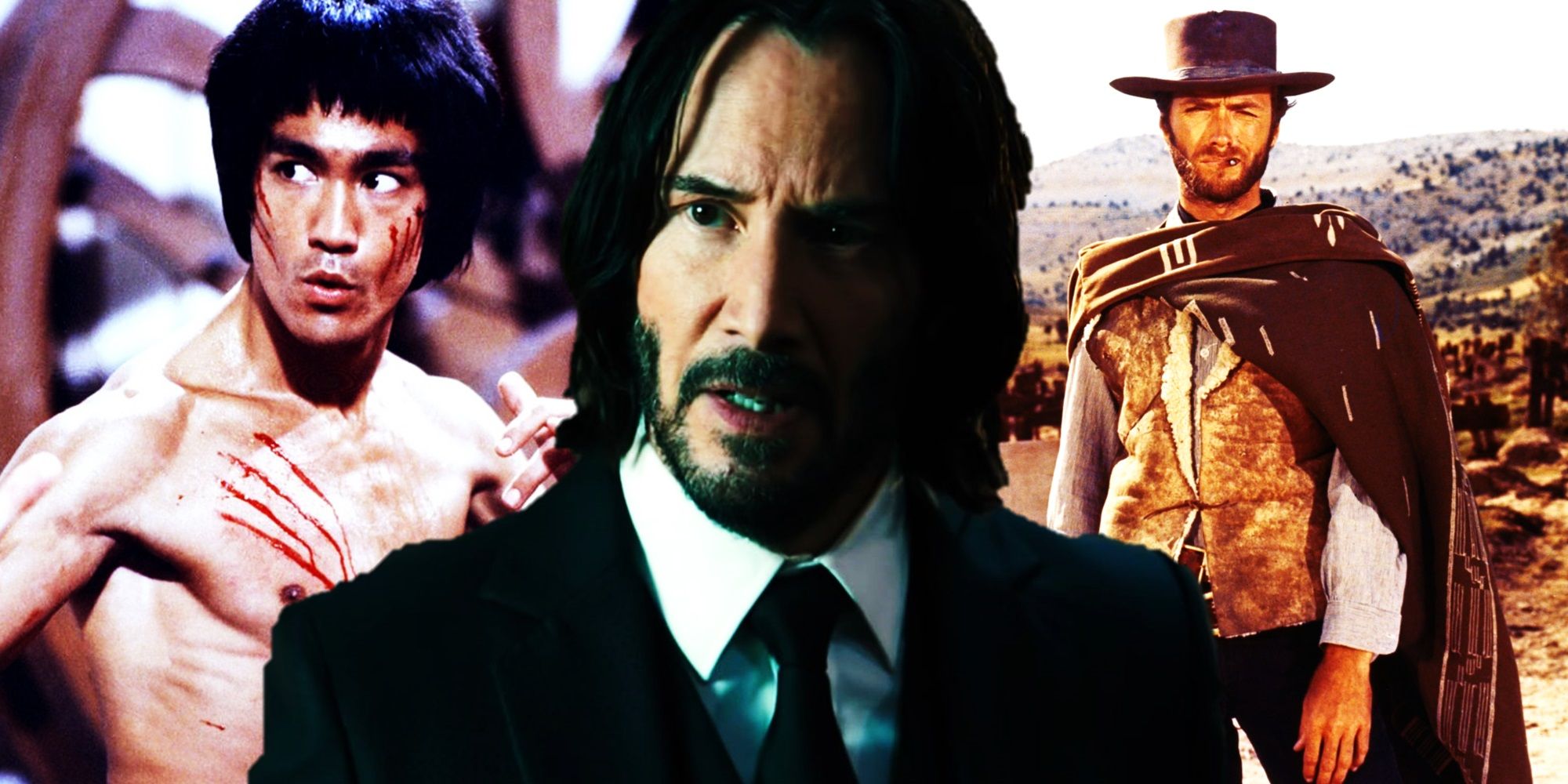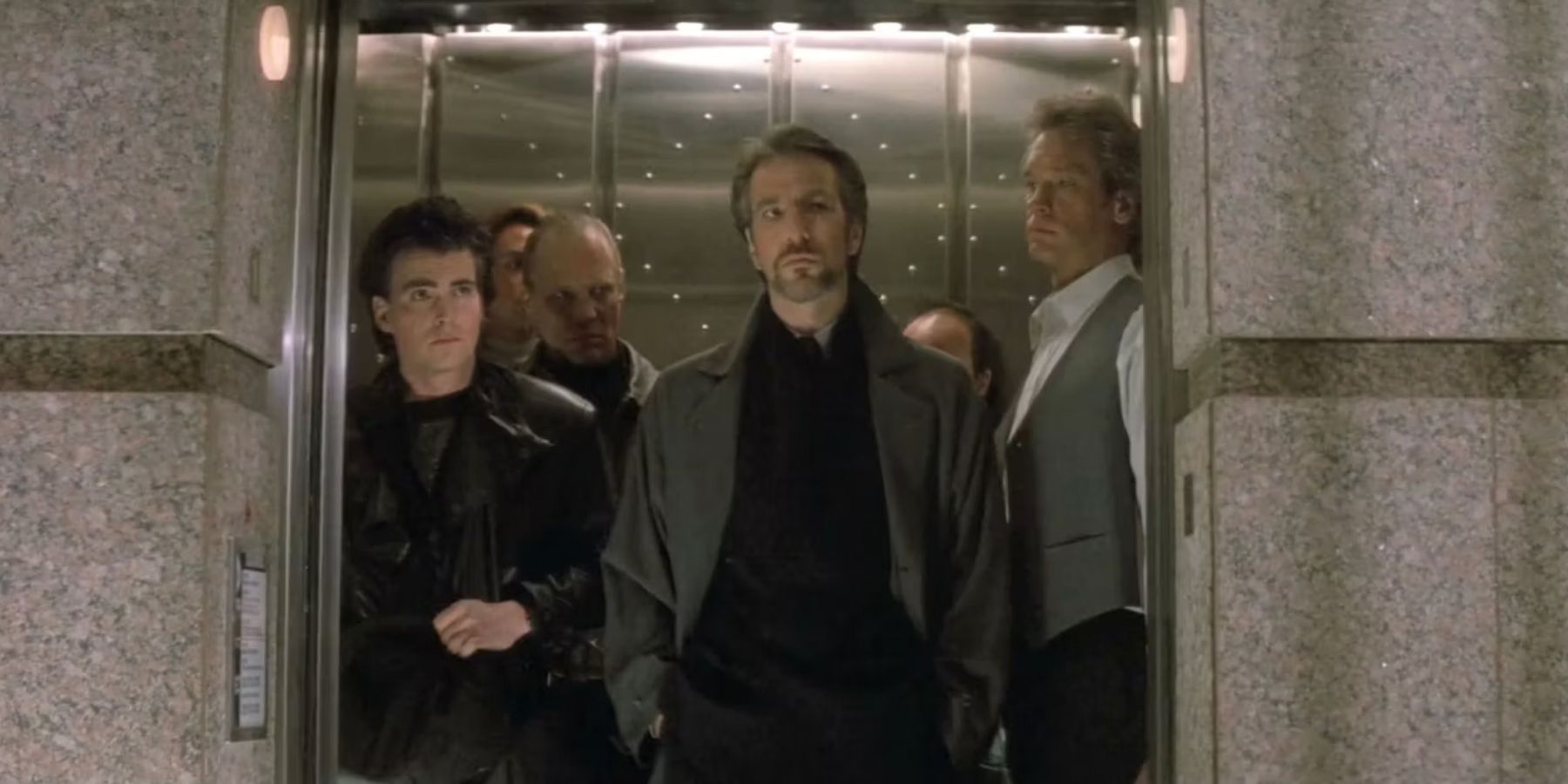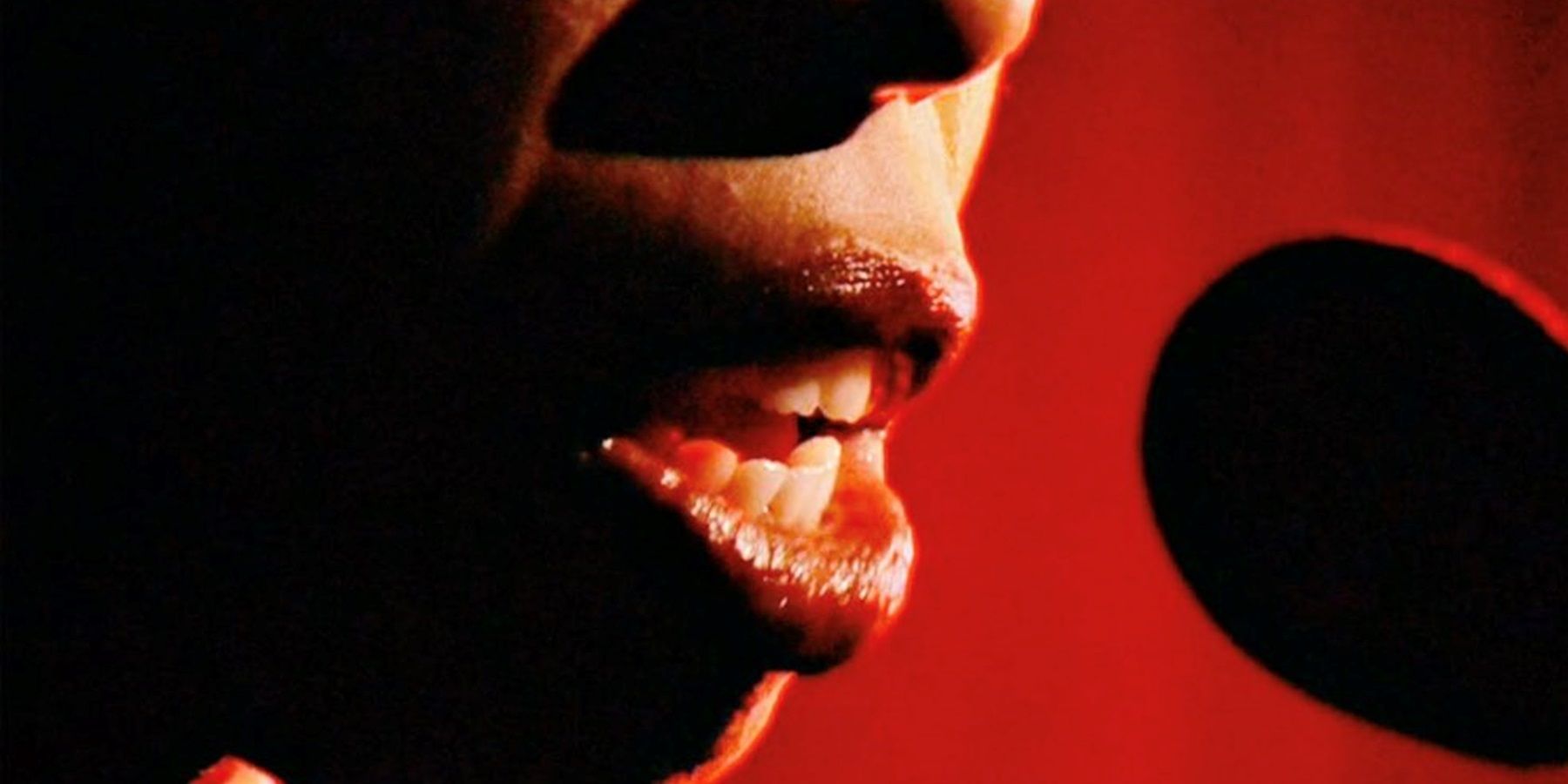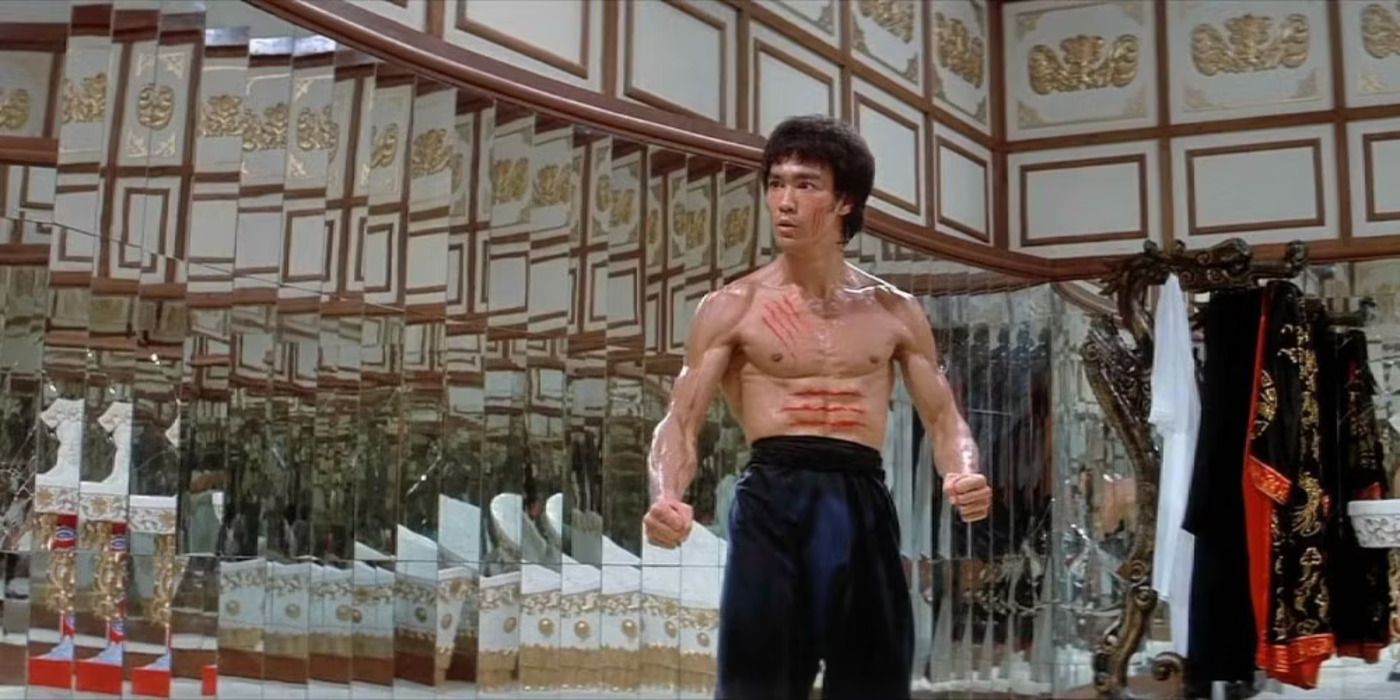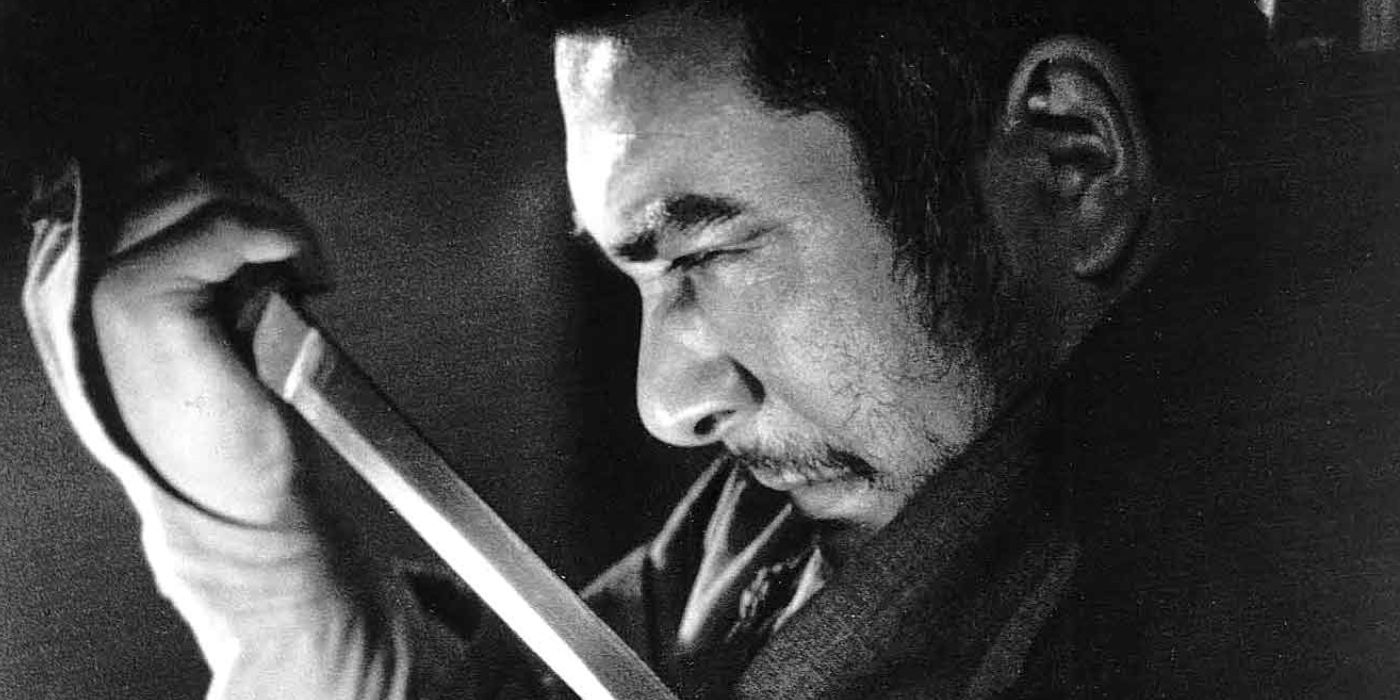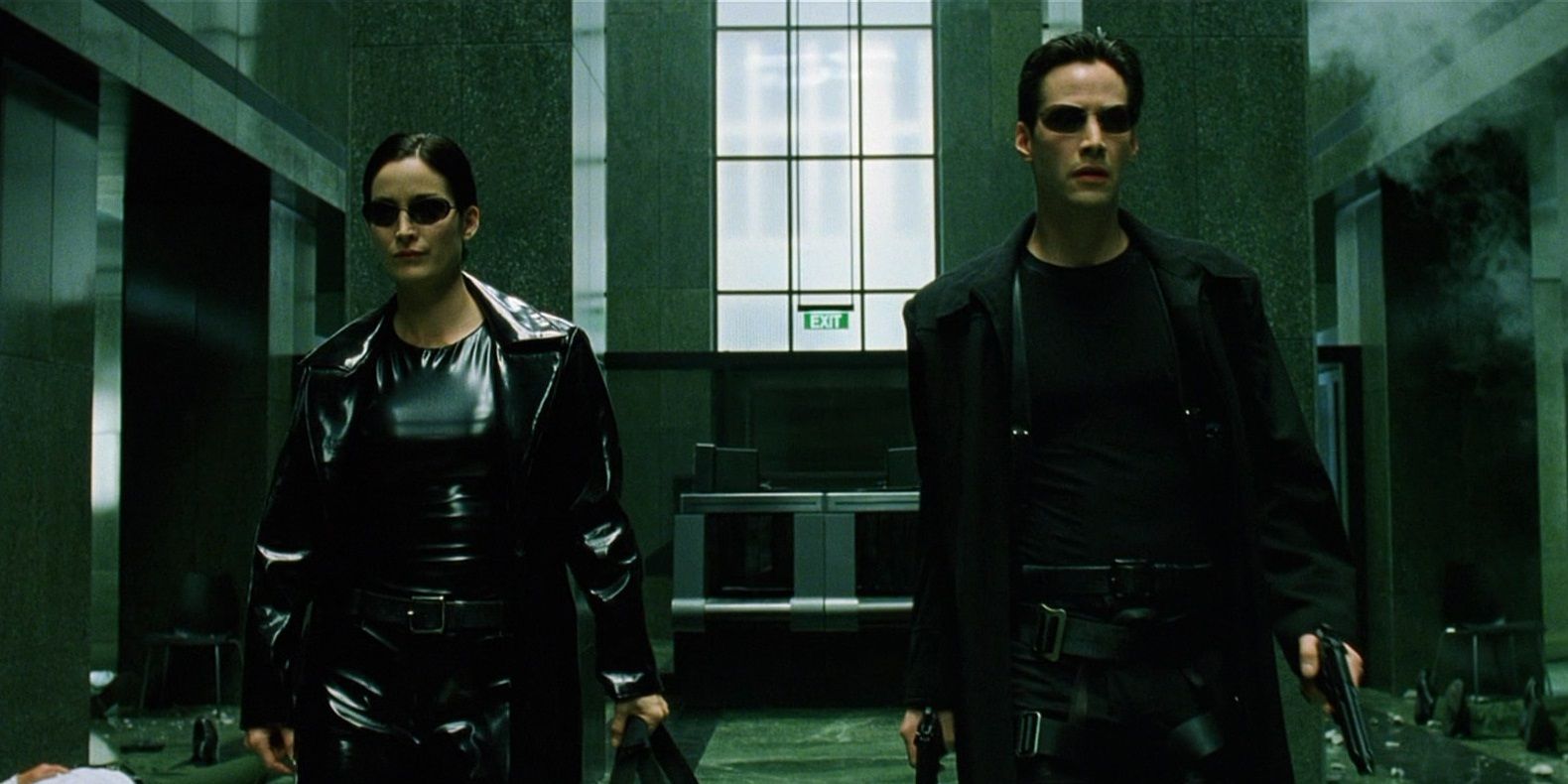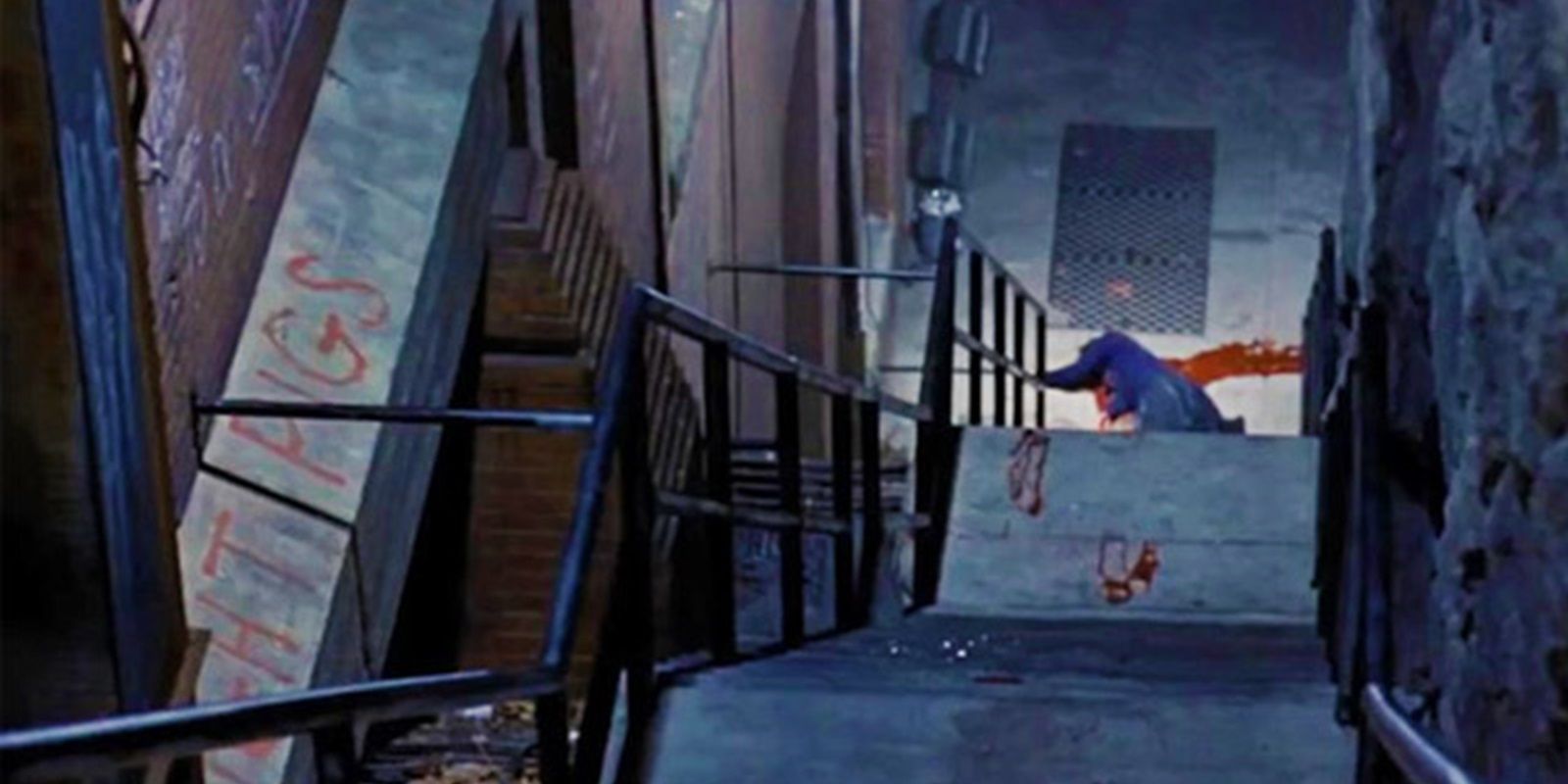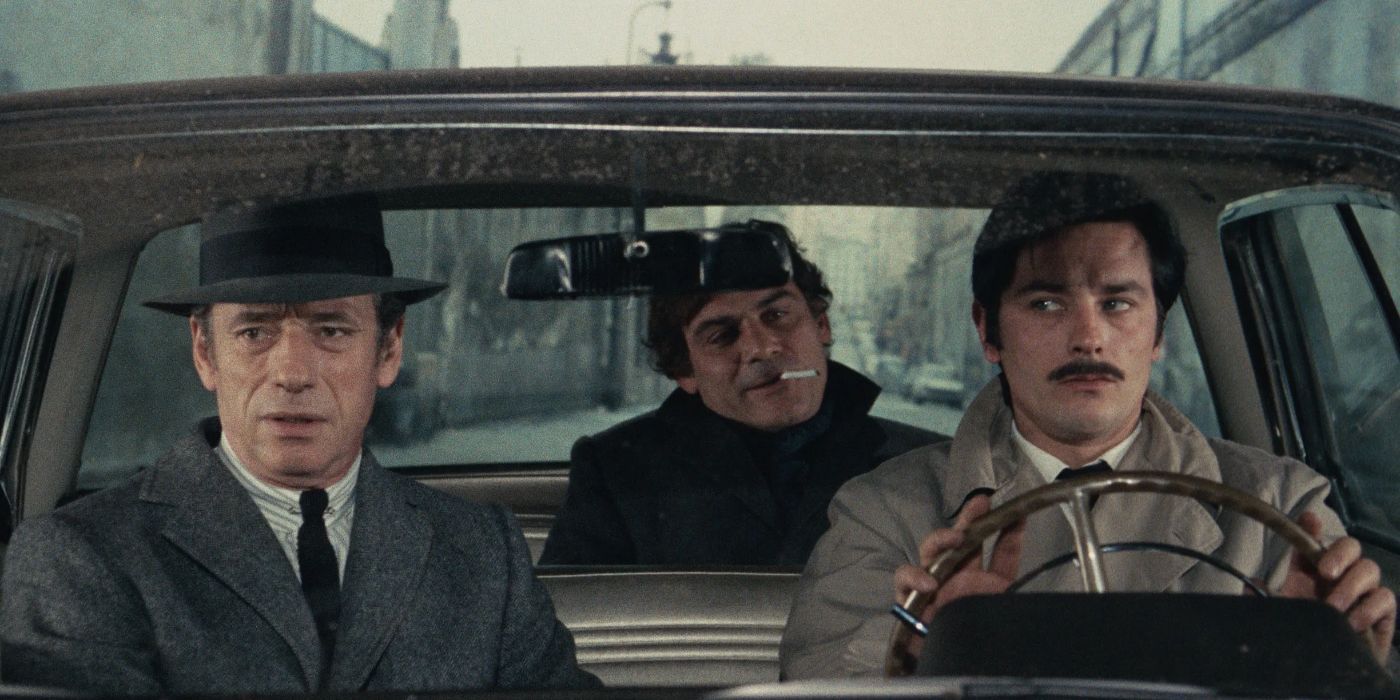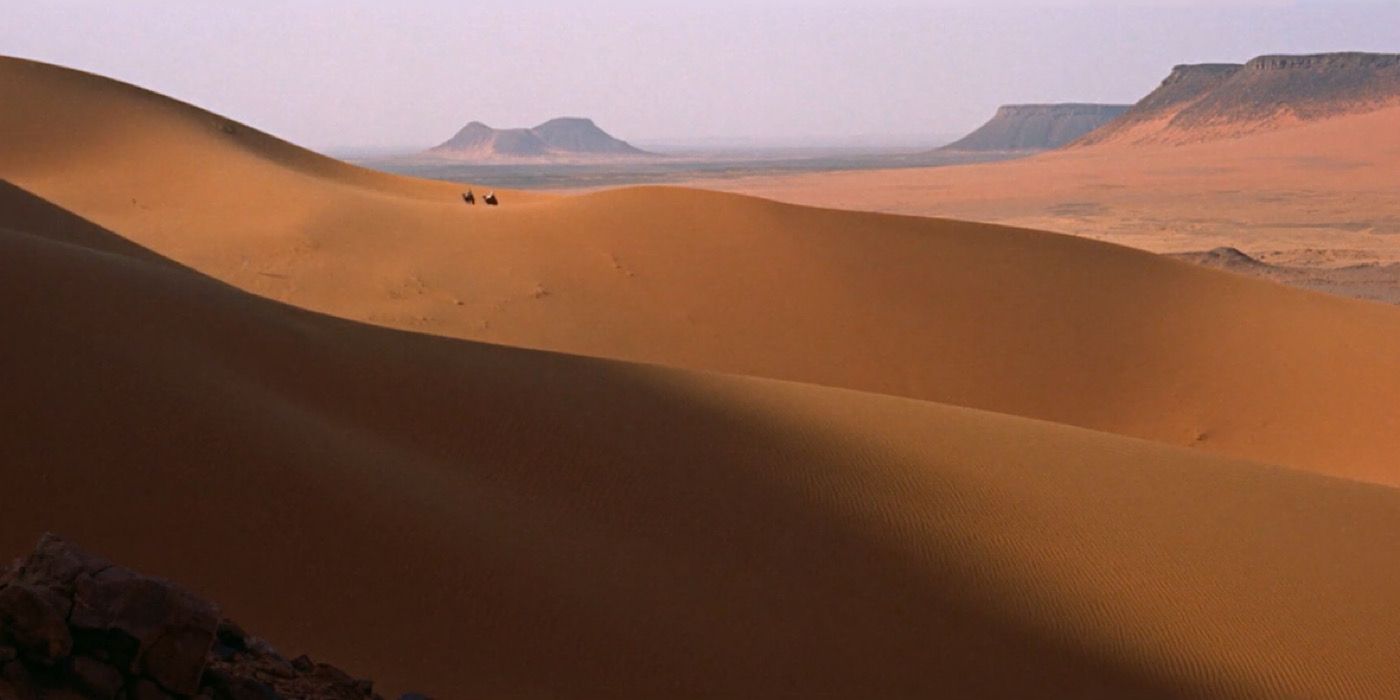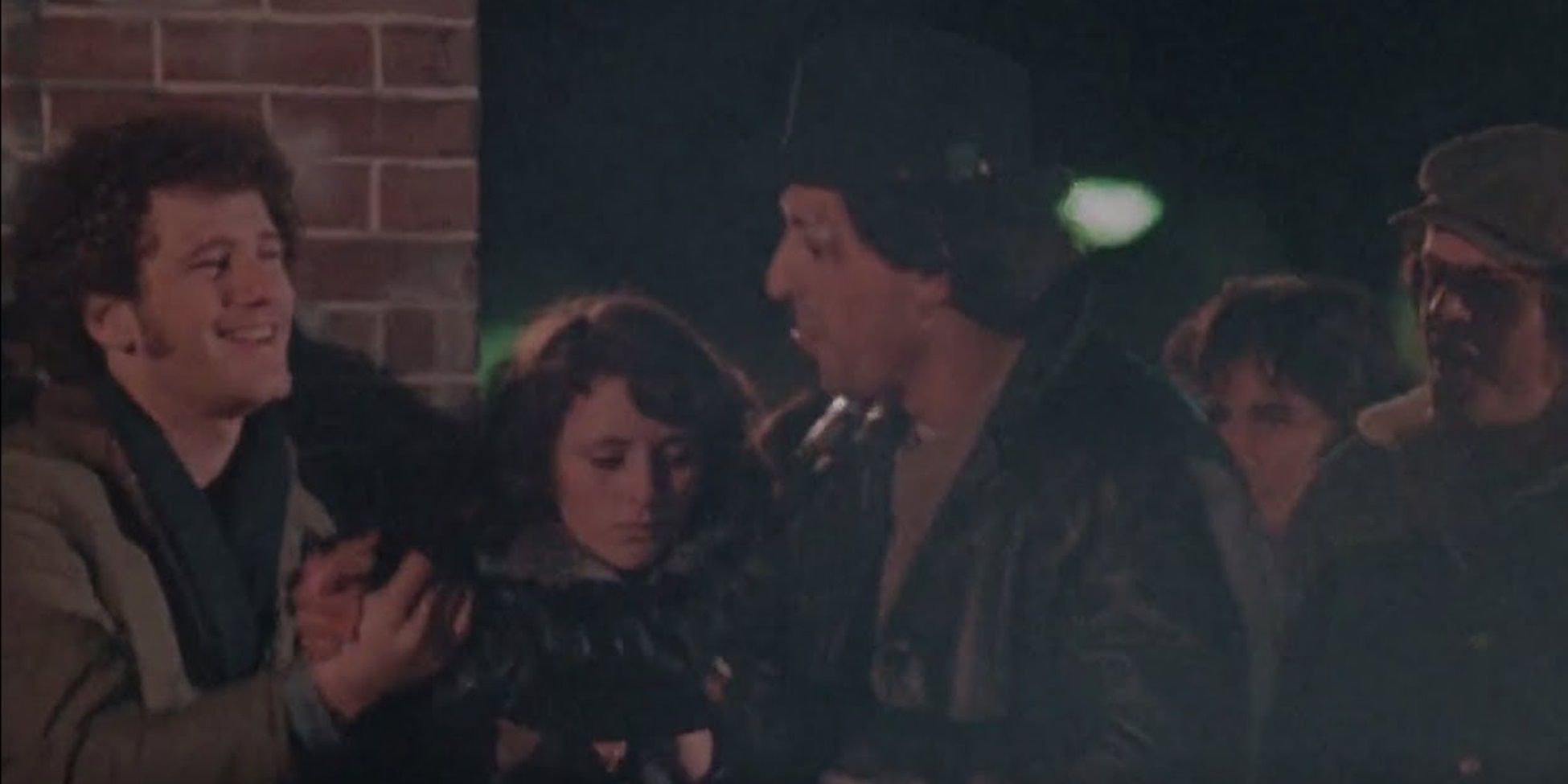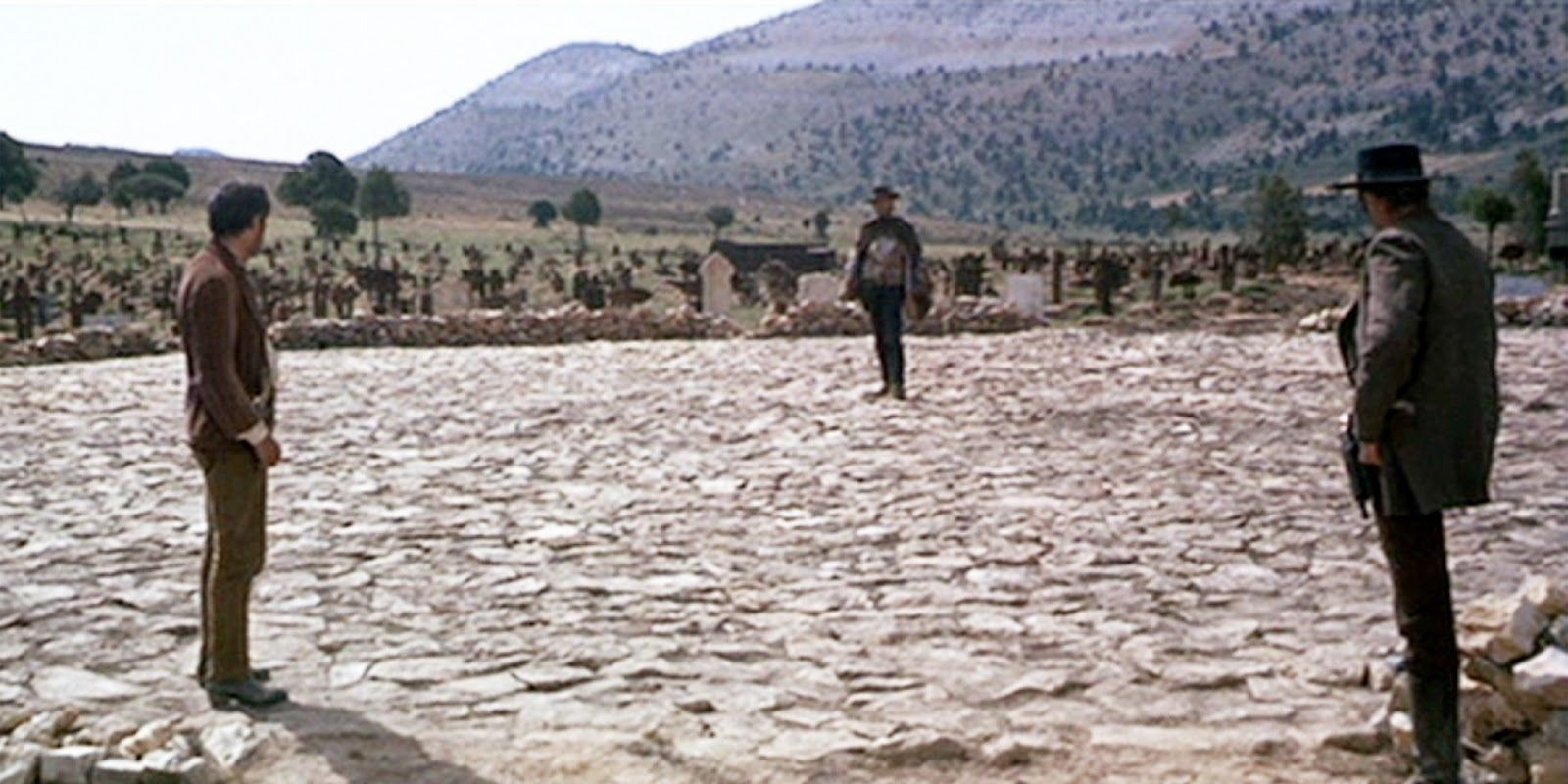Summary
- The John Wick franchise is a love letter to classic movies with nods to Die Hard, Enter the Dragon, and The Matrix.
- From music cues to iconic scenes, John Wick movies reference cinematic history.
- With influences from Lawrence of Arabia to The Good, the Bad, and the Ugly, John Wick is a masterful homage to film classics.
From Enter the Dragon to Lawrence of Arabia, the John Wick franchise is jam-packed with references to classic movies. John Wick was conceived as a mishmash of the visual style of neo-noir, the fight choreography of martial arts movies, and the operatic violence of spaghetti westerns, so it makes sense that the franchise has drawn from a deep well of cinematic influences. From a nightclub named after a French heist film to a criminal underworld radio station named after a kung fu subgenre, the John Wick series has more movie homages and inside jokes than a Quentin Tarantino film.
Some of the John Wick franchise’s references are obvious, like a climactic gun duel borrowed from The Good, the Bad, and the Ugly, while others are more subtle, like a background street performance borrowed from Rocky. The movies have even homaged the cinematic legacy of their own star, Keanu Reeves, with nods to The Matrix. It’s clear that the filmmakers behind this franchise have a deep love and appreciation for cinema history. From a music cue taken from Die Hard to a deadly staircase taken from The Exorcist, the John Wick movies have referenced all kinds of classic movies.
10 Die Hard (1988)
"Ode to Joy" on the church organ in John Wick
In the first John Wick movie, when John finds out about a huge stash of cash that Viggo has hidden in a church, he heads to the church to burn it all. As he enters the church, the church organist can be heard playing “Ode to Joy” from the fourth and final movement of Ludwig van Beethoven’s Ninth Symphony. John Wick isn’t the first action movie to feature “Ode to Joy” on its soundtrack; it was also used in Die Hard.
Die Hard uses “Ode to Joy” as the theme tune for Hans Gruber and his nefarious cronies. It plays during their introduction and it comes back when Theo manages to get the vault open. John Wick’s use of “Ode to Joy” is likely a nod to the song’s inclusion in the previous action movie classic.
9 The Warriors (1979)
The WUXIA radio DJ in John Wick: Chapter 4
When John is making his way across Paris to face the Marquis in a duel in John Wick: Chapter 4, audiences are introduced to WUXIA, an exclusive radio station within the criminal underworld named after a subgenre of martial arts movies. Throughout John’s Parisian misadventures, the WUXIA DJ – played by Marie Pierra Kakoma – scores the action with diegetic songs on the John Wick: Chapter 4 soundtrack, like “Marie Douceur, Marie Colère” by Manon Hollander, a cover of the Rolling Stones’ “Paint It Black.”
The closeup shot of the DJ’s lips speaking into the microphone is a direct homage to a similar shot from The Warriors. This shot was also homaged in Pulp Fiction when Mia Wallace speaks to Vincent Vega via her intercom system. The scene further references The Warriors when the DJ plays Lola Colette’s cover of Martha and the Vandellas’ “Nowhere to Run.” The Warriors used a different cover of “Nowhere to Run” performed by Arnold McCuller.
8 Enter The Dragon (1973)
The hall of mirrors fight in John Wick: Chapter 2
The John Wick films were heavily influenced by martial arts movies, so it was appropriate for one of them to include a nod to arguably the greatest martial arts movie ever made: Bruce Lee’s crowning cinematic achievement, Enter the Dragon. In both Enter the Dragon and John Wick: Chapter 2, the climactic showdown takes place in a hall of mirrors. The heroes of both movies are surrounded by bad guys and their reflections.
Although it ended up being remembered as one of the movie’s best scenes – and one of the most iconic achievements of Lee’s career – Lee originally objected to Enter the Dragon’s mirror scene. Lee was worried that the many mirrors featured on-screen would make it difficult for viewers to make out what was going on. When he saw the set, he was convinced that the disorientation would add to the intensity of the final fight.
7 The Tale Of Zatoichi (1962)
Donnie Yen's Caine in John Wick: Chapter 4
Donnie Yen’s role as blind martial arts master Caine in John Wick: Chapter 4 has been compared to Yen’s previous performance as “Guardian of the Whills” Chirrut Îmwe in Rogue One: A Star Wars Story. But the character was actually inspired by a much earlier film: the classic samurai movie The Tale of Zatoichi. The Tale of Zatoichi revolves around a blind masseur who also happens to be a master swordsman. Caine isn’t a masseur, but he is a master swordsman.
The similarities between the two characters extend beyond their visual impairment. In The Tale of Zatoichi, Zatoichi stumbles into the crossfire of a battle between vengeful geisha and rival yakuza gangs. In John Wick: Chapter 4, Caine stumbles into the crossfire of a battle between Wick’s backup at the Osaka Continental and the forces of the High Table.
6 The Matrix (1999)
The "Guns, lots of guns" line in John Wick: Chapter 3 – Parabellum
The John Wick series doesn’t just homage action movies that the filmmakers admire; it also references one of the movies that they actually worked on. John Wick director Chad Stahelski first worked with Reeves on the stunts for The Matrix, and the John Wick movies have a couple of nods to their earlier action masterpiece. The sequels reunited Reeves with his Matrix co-star Laurence Fishburne in the role of the Bowery King.
The third movie, John Wick: Chapter 3 – Parabellum, borrows an iconic line from the first Matrix film. When John and Charon are getting ready to defend the New York Continental from the High Table’s goons, John says they’ll need “guns, lots of guns.” This is the same thing that Neo said when he was getting ready for the lobby shootout in The Matrix.
5 The Exorcist (1973)
The deadly staircase in John Wick: Chapter 4
The climactic sequence in John Wick: Chapter 4 sees John making his way up the giant staircase to the Sacré-Coeur Basilica for his final duel with the Marquis. On his way up the stairs, John kills a bunch of fellow assassins, and when he finally gets to the top, he’s kicked all the way back down to the bottom, so he has to repeat the Herculean struggle of getting back to the top. It’s a great slapstick sequence that brought the house down.
But it was also a sly reference to one of the greatest horror movies ever made. There’s a similarly tall and deadly set of stairs outside Chris and Regan MacNeil’s apartment in William Friedkin’s groundbreaking horror opus The Exorcist. Burke Dennings and later Father Karras both die from falling down these stairs, like the many people killed by John on his way to the Basilica.
4 Le Cercle Rouge (1970)
The Red Circle nightclub in John Wick
The stoic, cold-blooded antihero of the John Wick franchise was largely inspired by Alain Delon’s stoic, cold-blooded hitman character Jef Costello in Jean-Pierre Melville’s Le Samouraï. But the first movie includes a direct homage to a different Melville-directed crime film: Le Cercle Rouge. The English translation of the film’s title is The Red Circle, and the nightclub where John tracks down Iosef in John Wick is named after this English-language title.
Le Cercle Rouge is a chilling crime thriller about an unlikely trio of crooks teaming up to plan an elaborate heist. The film is renowned for its tense climactic heist sequence, which features almost no dialogue and chronicles the nail-biting events of the robbery through entirely visual storytelling. The movie as a whole exemplifies the gritty action and minimalist characterization that made John Wick so great.
3 Lawrence Of Arabia (1962)
The desert scenes in John Wick: Chapter 4
At the beginning of John Wick: Chapter 4, there’s a stark cut from John getting back into fighting shape at the Bowery King’s hideout to John chasing down the High Table’s goons on horseback in the desert. This is an homage to a similar transition to the desert in David Lean’s dazzling Technicolor epic Lawrence of Arabia. The opening of Lean’s movie cuts from T.E. Lawrence’s funeral in 1935 to his journey across the desert during the First World War.
The breathtaking wide shots of the desert are a direct reference to Freddie A. Young’s iconic cinematography from Lawrence of Arabia. In particular, the blazing sunrise in the background – which would’ve been a nightmare to shoot around – recreates one of Lawrence of Arabia’s most memorable images. The horseback chase, however, owes more to the western genre than it does to Lean’s epic.
2 Rocky (1976)
The street performance of "Take You Back" in John Wick: Chapter 3 – Parabellum
When John arrives at the library in John Wick: Chapter 3 – Parabellum, a group of street performers can be seen outside singing “Take You Back.” This is the same song sung by Sylvester Stallone’s brother, Frank Stallone, in the first Rocky movie. He wrote the song for the movie and it marked his on-screen singing debut.
Stallone would go on to contribute songs to the soundtracks of a lot of his brother’s movies. He sang “Angel Voice / Please Be Someone To Me” for Paradise Alley, “Na Na Ninni / Two Kinds of Love” for Rocky II, “Pushin’” for Rocky III, “Far from Over” for Staying Alive, “Peace in Our Life” for Rambo: First Blood Part II, “Bad Nite” for Over the Top, and “You Don’t Want to Fight with Me” for The Expendables 2. But “Take You Back” remains the most iconic.
1 The Good, The Bad, And The Ugly (1966)
The climactic duel in John Wick: Chapter 4
The operatic violence of spaghetti westerns was a huge influence on the style of the John Wick movies, and the climactic sequence of John Wick: Chapter 4 homaged arguably the best-directed scene in the entire genre. The fourquel’s final duel is an extravagant nod to the final duel from Sergio Leone’s The Good, the Bad, and the Ugly. When Clint Eastwood’s Man with No Name finally finds the graveyard where the Confederate gold is stashed, he gets into an armed standoff with the other two characters.
Just as “The Good” gets into an armed standoff with “The Bad” and “The Ugly,” John gets into an armed standoff with Caine and the Marquis. Stahelski replicated Leone’s captivating blend of intense closeups and faraway wide shots, edited together with razor-sharp precision. Much like The Good, the Bad, and the Ugly’s duel marked a fitting conclusion to the Dollars trilogy, this sequence marked a fitting conclusion to the John Wick saga.


